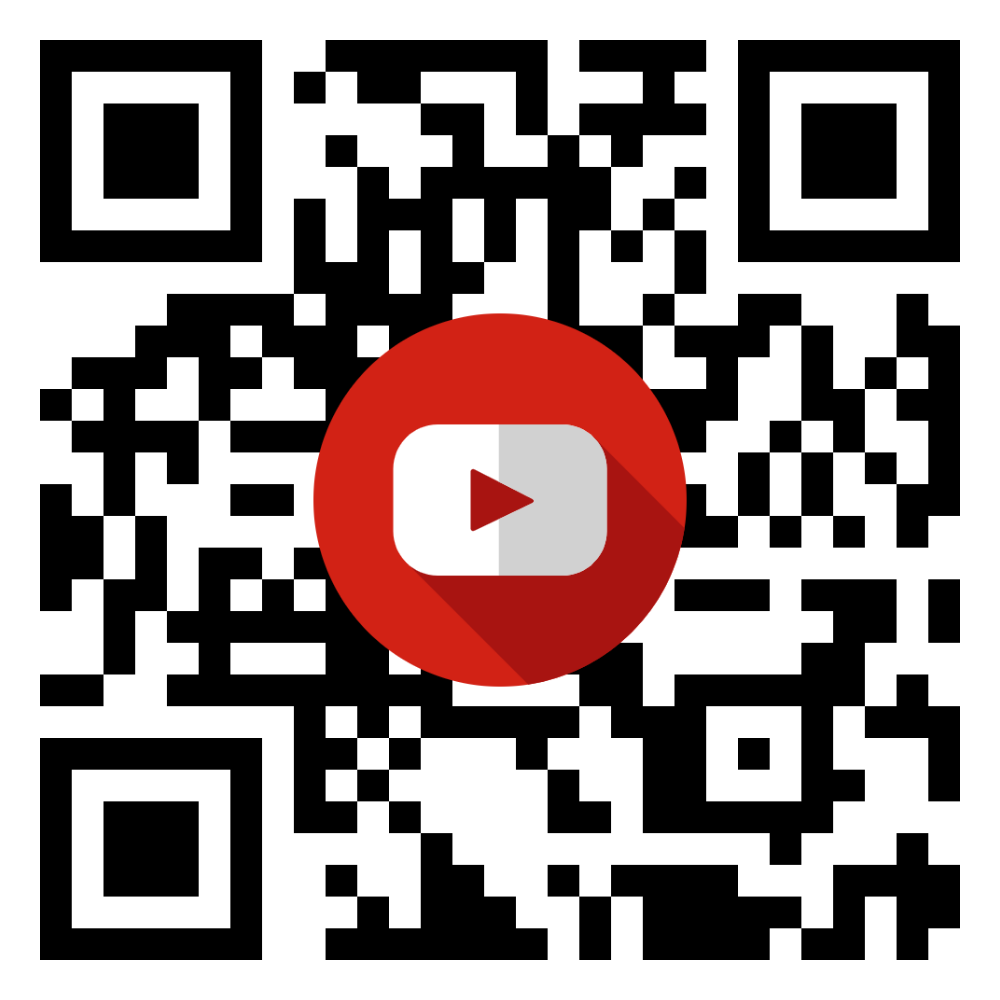▶ Previous Artlcle : #1-2. Introduction to Laser
Fractional laser irradiates numerous micro laser beams in high density to promote wound healing and deliver sufficient thermal energy to the dermis. Since the concept of ‘Fractional Photothermolysis’ was first proposed in 2004, fractional laser has been the most innovative dermatological laser, with various wavelengths made available by a large number of laser manufacturers.
Fraxel was the first device to enter the Japanese market. It was soon followed by non-ablative types such as Affirm, Mozaik, and Lux1540. Ablative fractional CO₂ lasers such as Encore, eCO₂, and CO₂RE, etc. as well as mild ablative types such as Pixel2940, Pearl Fractional, and Jule Profractional, etc. also followed suite. Currently, high-performance Korean devices have also become available at affordable prices. Japanese doctors personally import various aesthetic photomedical devices for their practice.
[Advertisement] Ultra Skin/Pastelle – Manufacturer: WONTECH(www.wtlaser.com)
Nonetheless, due to the conservative mindset particular to the Japanese culture, fractional laser that entails crusting and downtime is not favored by doctors and patients alike.
Patients are reluctant to receive rejuvenation procedures with downtime and erythema. Well-informed patients tend to be more enthusiastic about treatment and are satisfied with the outcome, however, most Japanese patients desire subtle improvements that others will not notice. They are extremely averse to the idea of being noticed for changing their looks through artificial and unnatural means, i.e. aesthetic procedures. Some patients want to keep their procedures a secret even from their family. In such cases, drastic changes may result in severe dissatisfaction.
Japanese patients also tend to tolerate pain less well. Korean patients accept pain and swelling as part of the means to attain improved appearance, however, Japanese people opt out of a therapy if they hear that it could be painful.
On the other hand, Japanese patients do take a more active approach when it comes to acne or scar removal. Despite crusting, long-term erythema and temporary PIH, they are satisfied if they see improvement. They rarely want very strong treatment that entail several months of downtime and limited outdoor activity but will not hesitate to take 1-2 weeks off of school or work to receive treatment. As wearing dust masks in public is quite common in Japan due to common cases of cold or pollen allergy, there is no stigma attached to wearing a mask in public. It is even possible to wear a mask to work or school for up to a couple weeks.
In fact, when I explain to my patients that the treatment could disturb work, they still ask for stronger treatment, saying they can tolerate a short downtime.
Patients with severe acne may already be used to the public embarrassment of having a perennially red face and do not shy away from temporary discomfort. Also, unlike rejuvenation procedures, scar removal can bring permanent effect, which makes the downtime seem all the more tolerable.
-To be continued-
▶ Next Artlcle : #2-2. Fractional Laser




















